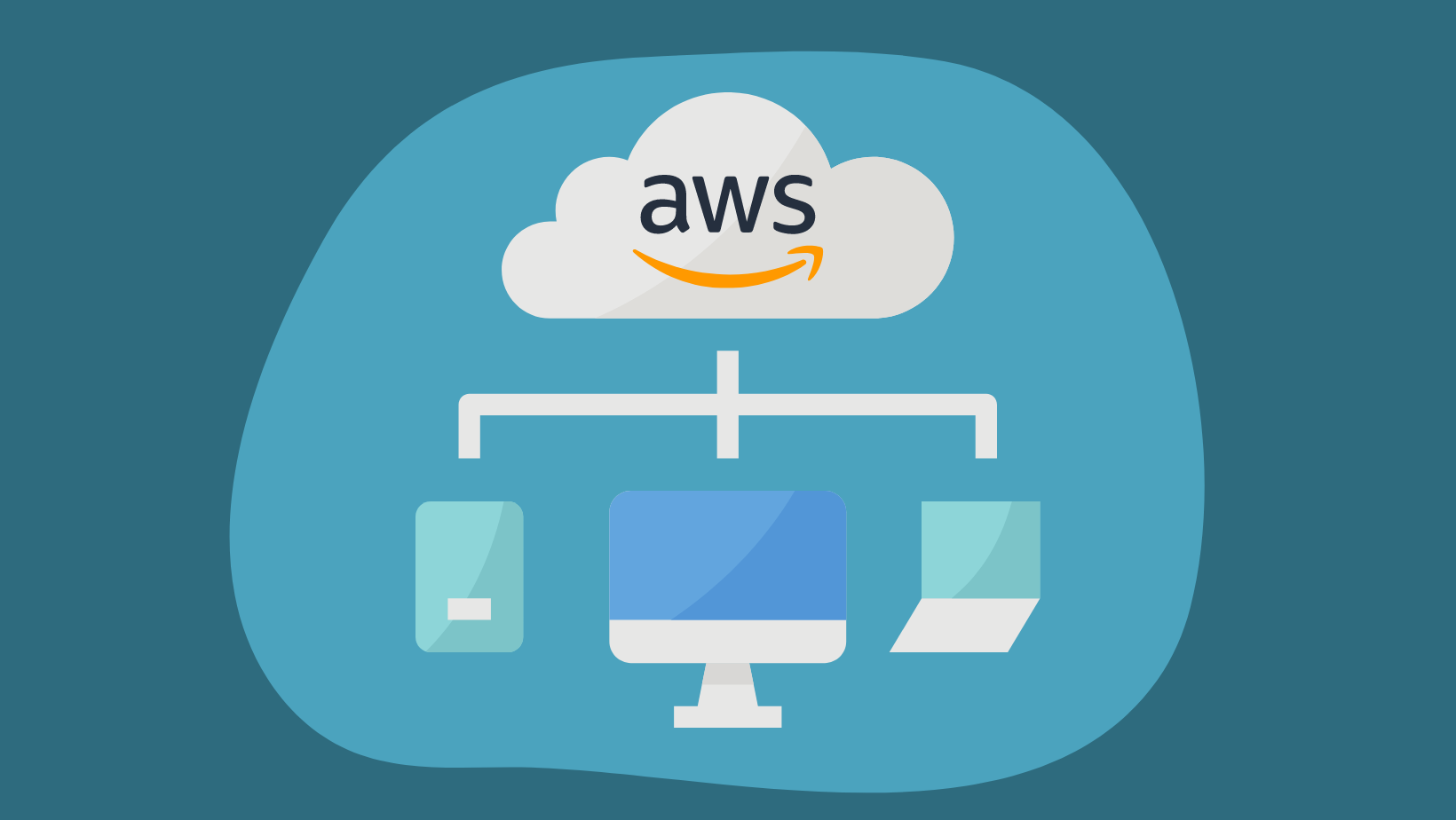For millions of users around the world, Monday morning began with confusion. Snapchat refused to load, Fortnite froze mid-game, and even online learning platforms like Duolingo displayed error screens. From New York to London, customers were suddenly locked out of their favourite apps and business tools.
The culprit wasn’t a cyber-attack or a global internet collapse — it was a major outage at Amazon Web Services (AWS), the cloud infrastructure that quietly powers much of the modern web.
According to The Guardian, the incident originated from Amazon’s US-East-1 data centre in Virginia, one of its busiest regions, causing “widespread outages and elevated error rates” across multiple continents (The Guardian, 20 Oct 2025). Reuters reported that platforms including Snapchat, Fortnite, Ring, and Coinbase were among the hardest hit, while AP News confirmed that even Amazon’s own internal services — including Alexa and its Ring doorbell network — experienced disruptions (Reuters, AP News).
By mid-morning, Amazon engineers had identified a routing and DNS configuration error within the data centre, which cascaded into failures across thousands of dependent systems. Services gradually recovered, but the brief blackout offered an uncomfortable glimpse into just how fragile the internet’s backbone has become.
A Single Failure, Global Consequences
The AWS outage may have lasted only a few hours, but its ripple effects were enormous. Popular games lost millions of live sessions, messaging apps fell silent, and e-commerce platforms struggled to process payments. In the UK, even government and financial services were affected — The Guardian reported issues with Lloyds Bank, Halifax, Bank of Scotland, and HMRC websites.
This wasn’t the first time AWS has gone dark. Over the past decade, similar regional failures have knocked out services ranging from Netflix to Slack. But as more businesses — large and small — move their infrastructure and daily tools to the cloud, each outage feels more significant than the last.
What makes the 2025 event particularly concerning is its visibility. When social media apps, banks, and cloud storage services all fail simultaneously, users experience not just inconvenience but a profound reminder that much of the world’s digital life depends on a handful of unseen servers.
Why It Happened
AWS runs millions of virtual machines, databases, and content delivery systems across multiple regions. Each region is designed to operate independently, so a fault in one shouldn’t bring others down. However, when the error occurs in a core service — like DNS (which translates web addresses into IPs) — the impact spreads far beyond its geographic boundary.
“Even minor configuration errors can cause major chain reactions in systems this large,” explains cloud infrastructure analyst Martin Jarvis, speaking to Al Jazeera. “When AWS’s US-East-1 region sneezes, the internet catches a cold.”
Essentially, the world’s digital infrastructure has become too interconnected. Apps and services depend not just on AWS but on each other through APIs and authentication systems — so when one service fails, it drags others down with it.
Why Small Businesses Should Pay Attention
It’s easy for small business owners to dismiss this as a “big tech problem.” After all, most aren’t running gaming servers or global social networks. But that assumption misses the point.
Even if your business doesn’t host its website directly on AWS, many of the tools you rely on daily probably do — from email marketing platforms to CRMs, booking systems, analytics dashboards, and even point-of-sale integrations.
When AWS goes down, it can silently cripple operations you depend on — delaying customer communications, freezing online sales, or disabling access to your cloud files.
Expert Insight: Oak from Tiwahost.com on Cloud Dependence
Oak, infrastructure specialist at Tiwahost.com, believes the AWS outage should be a “wake-up call” for small business owners who assume the cloud is bulletproof.
“We’ve built a digital economy where too much of our data, productivity, and communication runs through a few providers,” Oak says. “The convenience is great, but the concentration of power means a single fault can ripple across the entire internet.”
“For small businesses, this isn’t about panic — it’s about preparation. You don’t need to abandon the cloud, but you do need to make sure your business doesn’t grind to a halt if one provider fails.”
Oak recommends that small businesses follow a resilience checklist:
Back up critical data locally — especially customer databases and content assets.
Use multiple communication channels — if email is down, update customers via social media or SMS.
Monitor uptime — so you know immediately if your site or tools are affected.
Ask your host about redundancy — ensure your provider (like Tiwahost) offers fallback systems and data replication.
“Think of it like insurance,” Oak adds. “Outages are inevitable. What matters is how fast you can recover.”
Lessons from the Cloud
The 2025 AWS outage comes just over a year after the massive CrowdStrike software failure that disrupted airlines, hospitals, and governments worldwide. Together, these events reveal a trend: modern infrastructure, while sophisticated, is increasingly fragile due to its reliance on a few dominant players.
Industry experts are now calling for greater transparency from cloud providers and more robust multi-cloud strategies for enterprises. But for smaller businesses, the lesson is simpler — diversify and prepare.
The Bigger Picture
As the world races deeper into cloud-based systems and AI-driven tools, outages like this will only grow more consequential. Every piece of software you use is connected to dozens of others behind the scenes, often through AWS or similar providers.
That’s why incidents like this are more than just temporary glitches — they’re warnings. The convenience of the cloud comes with responsibility: to plan for failure, communicate clearly with customers, and keep business continuity at the forefront.
Or, as Oak from Tiwahost puts it:
“The internet is powerful because it’s connected. But that connection is also its weakness. Resilience is the new reliability — and every small business should build for it.”
